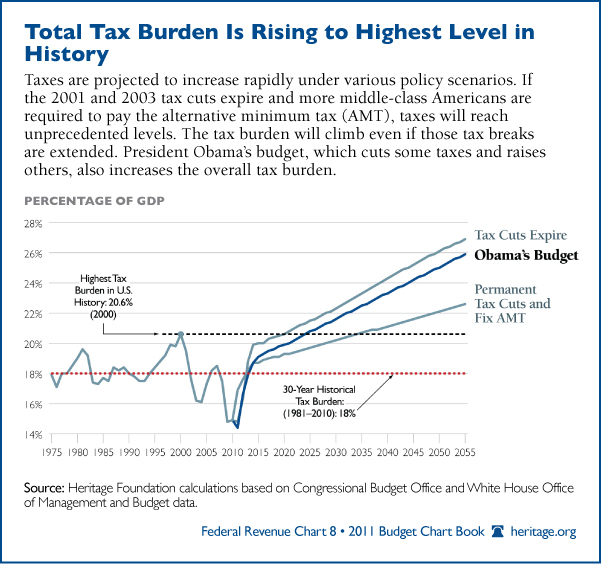Tax Cuts and Supply-Side Effects
David Weinberger /
Lawmakers have recently paid lip service to cutting the corporate tax rate to help boost economic growth. Doing so would be good policy, but it’s important to know why.
Information disseminated by both political parties, think tanks, government organizations, media outlets, and political pundits has confused the issue, leading many to believe that reducing the corporate tax rate would have little effect on the economy. This is because most discussion surrounding the utility of tax cuts is filtered primarily through the “demand-side” lens—that is, it views tax cuts as effective only if they increase spending, ignoring their impact on work, savings, and investment.
Not all tax cuts are the same. Some, such as the misbegotten tax rebates of 2008, are designed to increase demand by putting more money in people’s pockets in hopes that they would spend it. Other examples of tax cuts aimed at demand are one-time tax breaks and tax credits.
But some tax cuts, such as rate reductions on the margins of income and investment, are not intended to feed the demand-side obsession. Rather, they focus on the supply-side effects of such cuts: production and work effort.
These types of cuts change incentives, encouraging work effort and production, such as the marginal rate reductions of 2003 on dividends, capital gains, and income and the currently discussed corporate tax rate reduction.
The distinction between demand-side and supply-side tax cuts is important. It is inadequate to address the projected consequences of a proposed tax cut utilizing demand-side logic when a supply-side tax cut is what’s being offered. Conducting that type of analysis is like assessing the effectiveness of tanning oil at night: Of course it appears ineffective.
Explaining why a corporate tax rate cut is relatively ineffective as stimulus, [the Congressional Research Service] noted that “Increasing the after-tax income of businesses typically does not create an incentive for them to spend more on labor or to produce more, because production depends on the ability to sell output.”
In other words, it wouldn’t affect aggregate demand much and therefore would be relatively ineffective.
Similarly, the Congressional Budget Office (CBO) writes: “Across-the-board reductions in income tax rates have the disadvantage of placing much more of the tax reduction in the hands of upper-income taxpayers, who, although they have a much larger tax liability, are less likely to spend the additional money.” Again, the analysis is undertaken through a demand-side lens, which these types of cuts don’t aim at.
It is unfortunate that many authoritative organizations conduct analysis as if the only benefit to the economy comes from increasing demand. This view stacks the deck in favor of government spenders from the outset: If the goal is to increase spending in the economy, then government spending would surely seem the more effective way of accomplishing that. Hence the 2001, 2008, 2009, and 2011 stimulus schemes, which ranged from tax rebates, tax credits, and temporary tax cuts to direct government purchases, unemployment benefits, and food stamps. All were effectively government spending plans packaged in different ways that were aimed at increasing total demand in the economy.
The real tragedy of this single-track analysis is that supply-side tax cuts that have actually worked over the past decade—such as the 2003 marginal rate reductions mentioned earlier—are all but ignored.
Historical evidence suggests they deserve more attention. Marginal rate reductions were tried in the 1920s under Presidents Harding and Coolidge, in the 1960s under President Kennedy, in the 1980s under President Reagan, and in the early 2000s under President Bush.
In each instance, these rate reductions propelled economic growth and prosperity.
Analysts and economists may disagree on whether supply- or demand-side stimulus is better, but ignoring that arguments for tax cuts exist beyond the logic of increasing aggregate demand leads to misunderstandings over important public policy.

